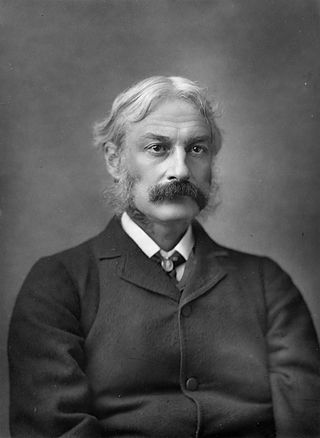
Andrew Lang was a Scottish poet, novelist, literary critic, and contributor to the field of anthropology. He is best known as a collector of folk and fairy tales. The Andrew Lang lectures at the University of St Andrews are named after him.

Ferguson Wright Hume, known as Fergus Hume, was a prolific English novelist, known for his detective fiction, thrillers and mysteries.
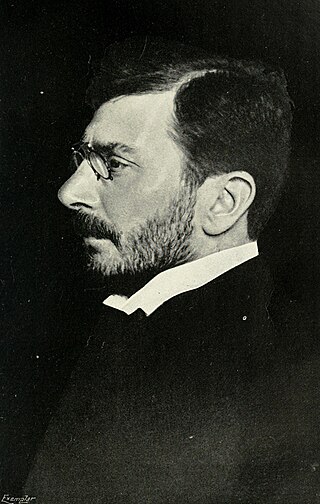
Ferdinand Vincent-de-Paul Marie Brunetière was a French writer and critic.
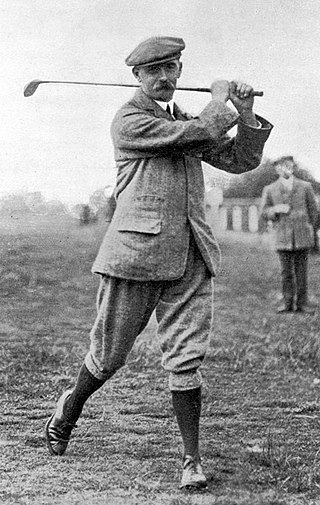
John Ball Jr. was an English amateur golfer of the late 19th and early 20th century.
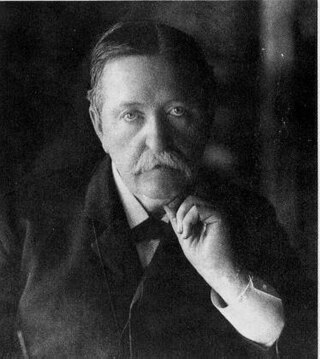
John Russell Young was an American journalist, author, diplomat, and the seventh Librarian of the United States Congress from 1897 to 1899. He was invited by Ulysses S. Grant to accompany him on a world tour for purposes of recording the two-year journey, which he published in a two-volume work.

Laura Elizabeth Howe Richards was an American writer. She wrote more than 90 books including biographies, poetry, and several for children. One well-known children's poem is her literary nonsense verse Eletelephony.

Edwin James Houston was an American author, electrical engineer, academic, businessman, and inventor.

Elizabeth Thomasina Meade Smith (1844–1914), writing under the pseudonym L. T. Meade, was a prolific writer of girls' stories. She was born in Bandon, County Cork, Ireland, daughter of Rev. R. T. Meade, of Nohoval, County Cork. She later moved to London, where she married Alfred Toulmin Smith in September 1879.

Nathan Haskell Dole was an American editor, translator, and author. A writer and journalist in Philadelphia, New York, and Boston, he translated many of the works of Leo Tolstoy and books of other Russians; novels of the Spaniard Armando Palacio Valdés (1886–90); a variety of works from the French and Italian.
The chancellor was a semi-formally designated office position for a number of high-level officials at one time during the Tang dynasty of China. This list also includes chancellors of the short-lived Wu Zhou dynasty, which is typically treated as an interregnum of the Tang dynasty by historians.

George Manville Fenn was a prolific English novelist, journalist, editor and educationalist. Many of his novels were written with young adults in mind. His final book was his biography of a fellow writer for juveniles, George Alfred Henty.
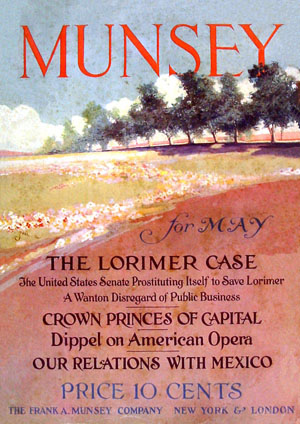
Munsey's Magazine was an American magazine founded by Frank Munsey in 1889 as Munsey's Weekly, a humor magazine edited by John Kendrick Bangs. It was unsuccessful, and by late 1891 had lost $100,000. Munsey converted it into an illustrated general monthly in October of that year, retitled Munsey's Magazine and priced at twenty-five cents. Richard Titherington became the editor, and remained in that role throughout the magazine's existence. In 1893 Munsey cut the price to ten cents. This brought him into conflict with the American News Company, which had a near-monopoly on magazine distribution, as they were unwilling to handle the magazine at the price Munsey proposed. Munsey started his own distribution company and was quickly successful: the first ten cent issue began with a print run of 20,000 copies but eventually sold 60,000, and within a year circulation had risen to over a quarter of a million copies.

The Church of Saint Luke and The Epiphany is an Episcopal congregation located at 330 South 13th Street between Spruce and Pine Streets in the Center City neighborhood of Philadelphia, Pennsylvania. It is part of the Diocese of Pennsylvania. The church was formed in 1898 as a result of the merger of St. Luke's Church (1839) and The Church of The Epiphany (1834), which consolidated at St. Luke's location.
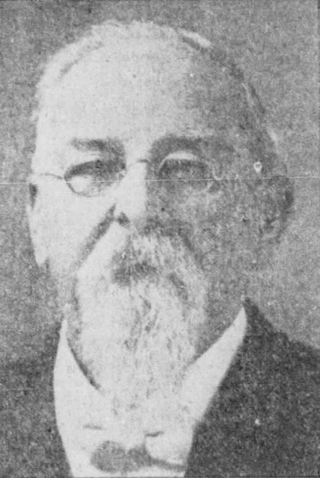
Henry Conner was an American hotelier, restaurateur, and politician. He was a member of the Wisconsin State Senate, representing Vernon and La Crosse counties during the 1891 and 1893 sessions. Earlier, he served as a Union Army officer during the American Civil War, and lost his right leg due to wounds. His last name was sometimes spelled Connor.

Matilda May Forney was a writer and journalist.
Rev. John E. Price was an elder and minister of the African Methodist Episcopal Zion Church. He was a minister for around 50 years. He was the founder and president of the Garnet Equal Rights League at Harrisburg. He wrote hymns and was an editor for the Zion Church Advocate and, with William H. Day, the Zion Church Herald and Outlook, the first paper of the AME Zion Church. Day was a minister, abolitionist, and educator.

Elizabeth Phipps Train was an American novelist and translator.


















